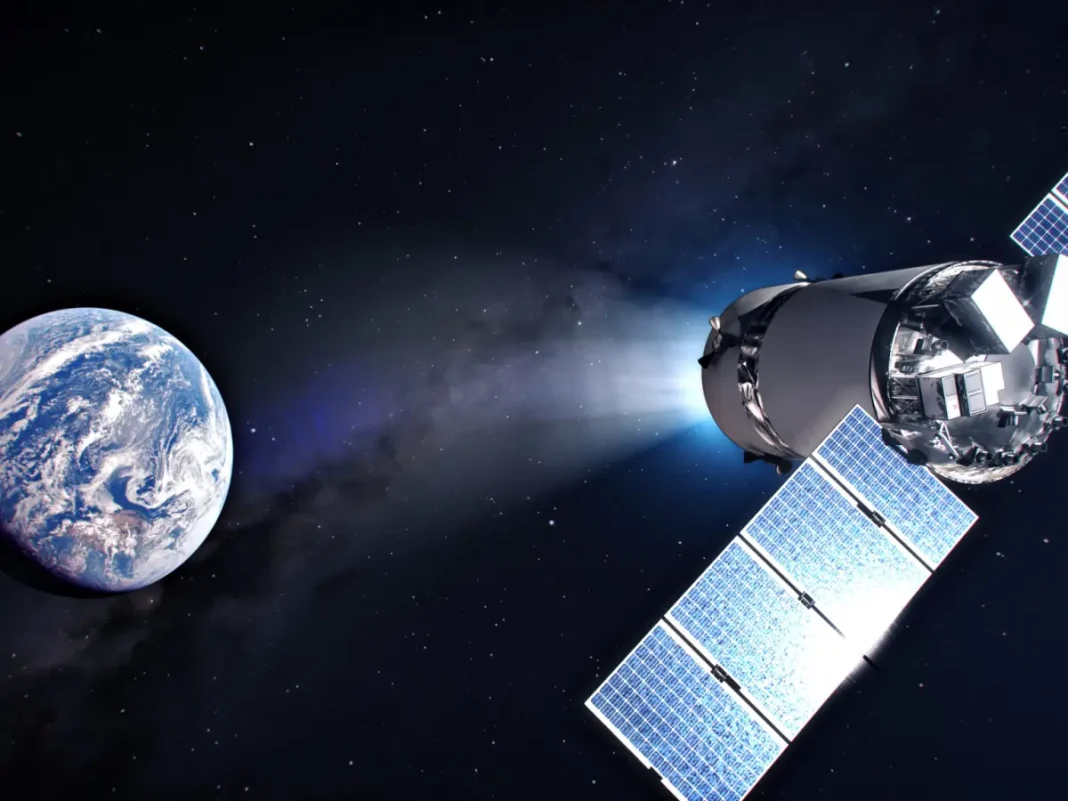Key Takeaways
- New propellantless propulsion systems could eliminate spacecraft fuel dependency
- Solar sails, gravity assists, and magnetic/electric sails harness natural forces
- These technologies could enable interstellar travel without fuel constraints
Space exploration’s biggest limitation—fuel dependency—may soon become obsolete. A comprehensive review reveals several propellantless propulsion systems that harness natural forces, potentially enabling interstellar travel without traditional fuel constraints.
Solar Sails: Powered by Sunlight
Solar sails represent one of the most advanced fuel-free technologies. These large reflective sails capture photon pressure from sunlight, providing continuous acceleration without fuel. Japan’s IKAROS mission demonstrated this successfully in 2010, reaching Venus using only solar pressure.
The technology offers near-constant acceleration but faces challenges: effectiveness decreases with distance from the Sun, and maintaining the vast, ultralight sails presents significant engineering hurdles for deep space missions.
Gravity Assists: Planetary Momentum Transfer
Gravity assists remain the most proven propellantless method. Spacecraft gain speed by passing close to planets and capturing a fraction of their orbital momentum. NASA’s Voyager missions used this technique to visit all four outer planets in a single mission.
This approach requires no new technology, only precise trajectory planning. However, it depends on rare planetary alignments and offers limited trajectory flexibility once committed.
Magnetic and Electric Sails: Tapping Solar Wind
Emerging concepts aim to harness the solar wind—the Sun’s constant stream of charged particles. Magnetic sails would use massive superconducting loops to create magnetic fields that deflect plasma, generating thrust. Electric sails deploy charged wires to repel solar wind protons.
Both systems promise continuous acceleration without fuel and potentially outperform solar sails over long distances. However, they face enormous technical challenges: magnetic sails require kilometer-wide coils at cryogenic temperatures, while electric sails need ultra-thin, power-intensive tethers.
Each method offers unique advantages in the quest to overcome fuel limitations. While gravity assists are operational today and solar sails have been demonstrated, magnetic and electric sails could eventually enable human exploration beyond our solar system.





